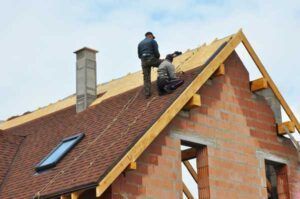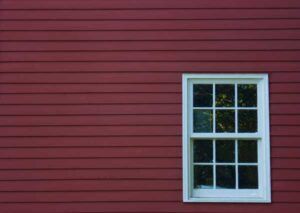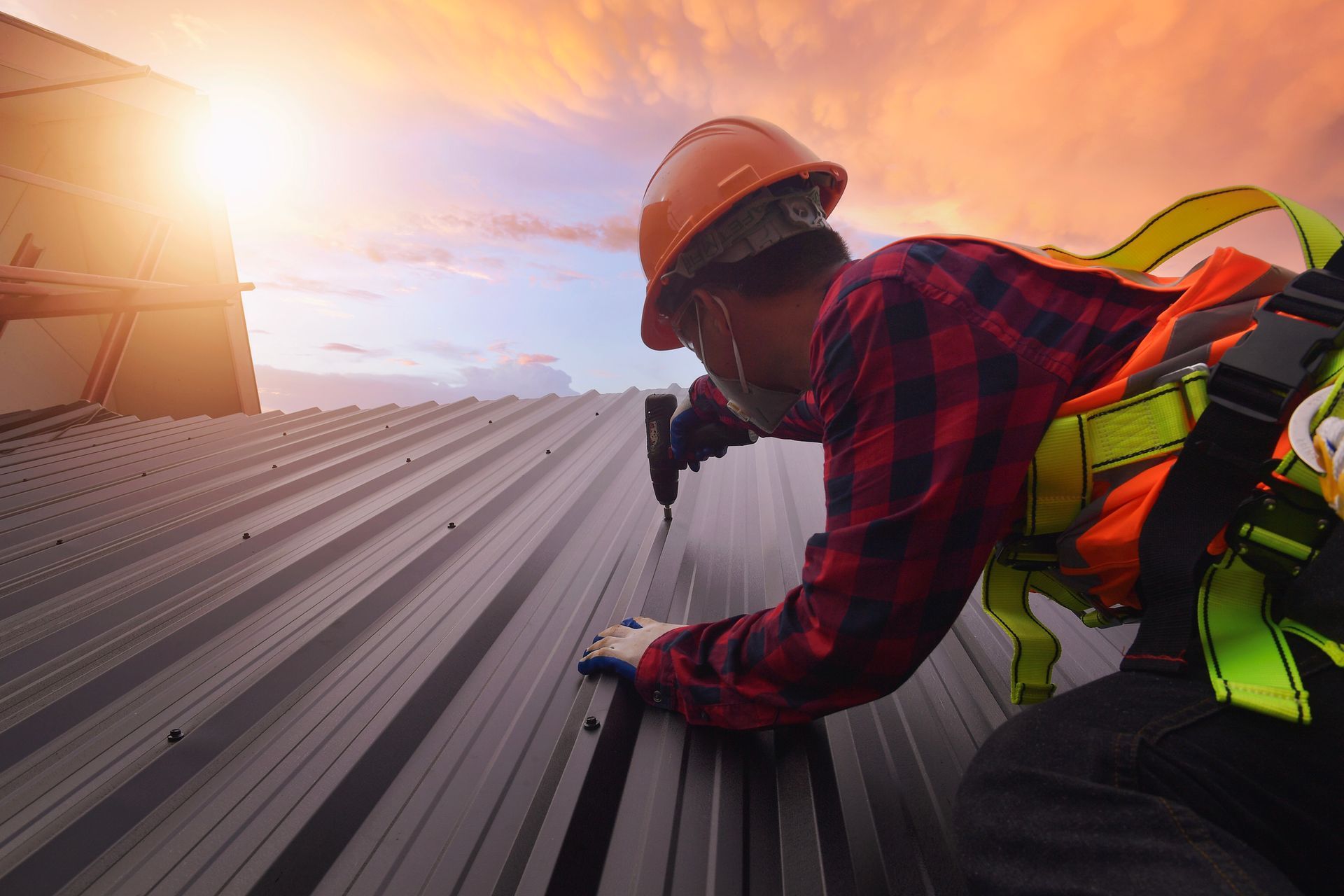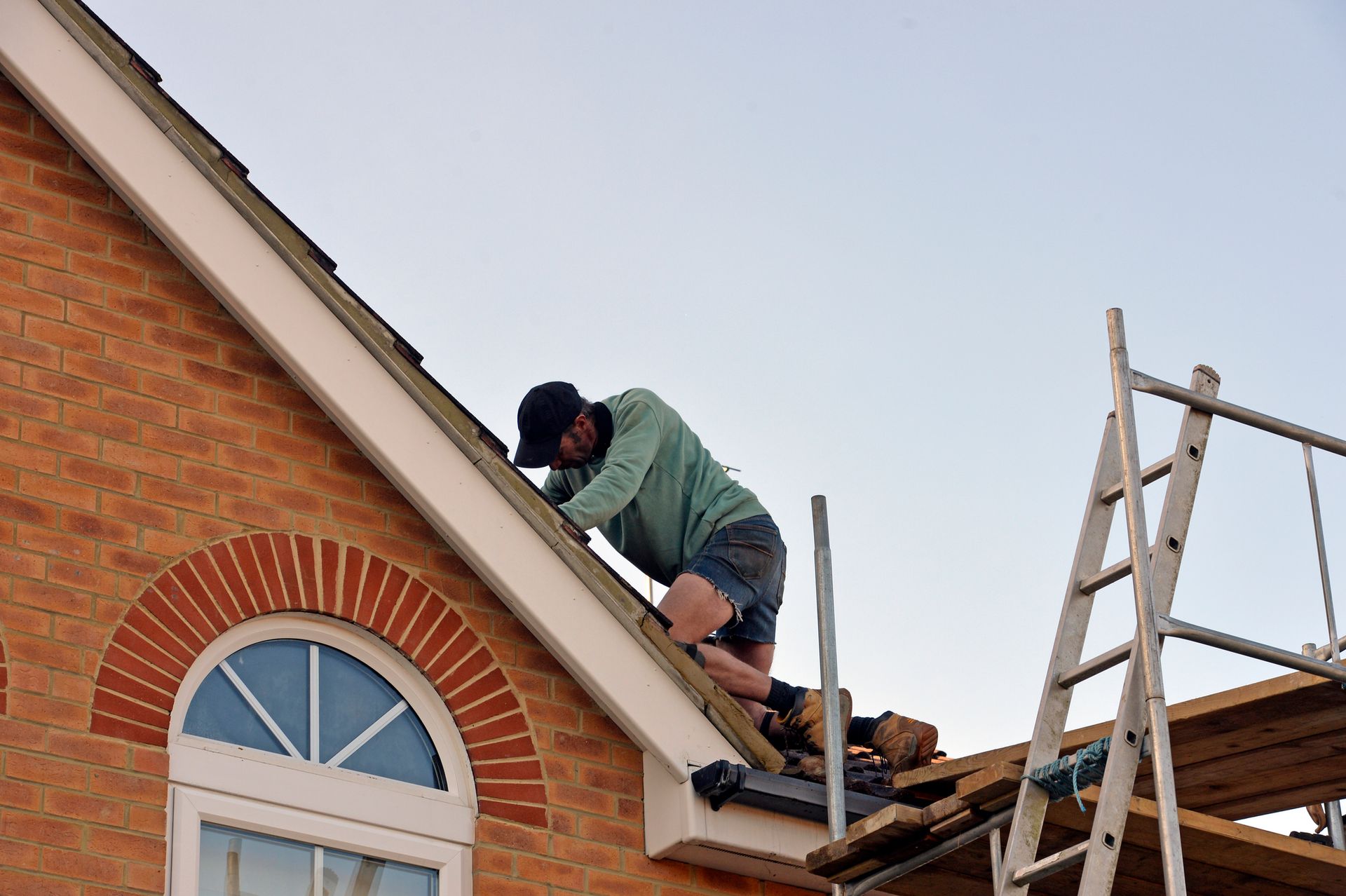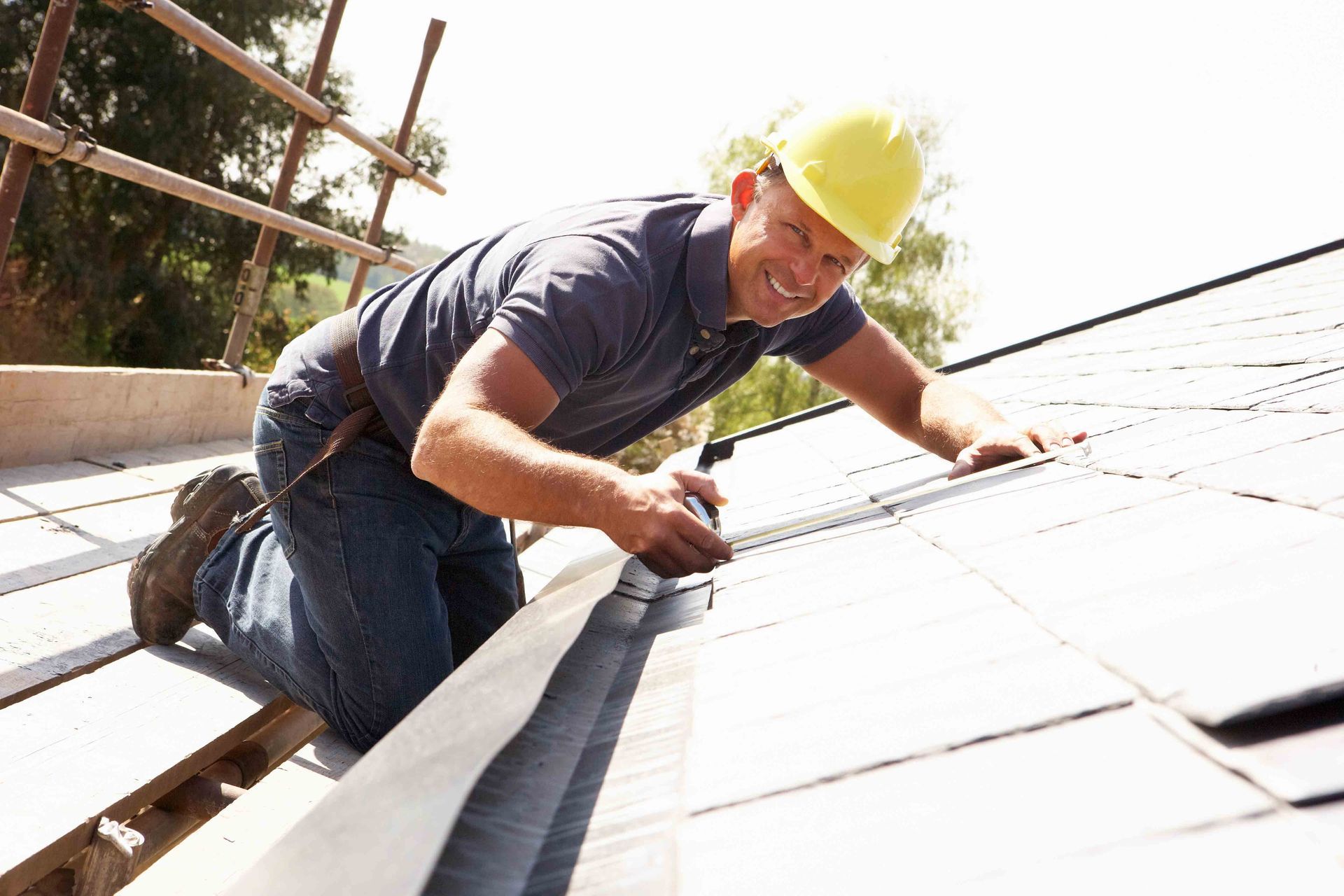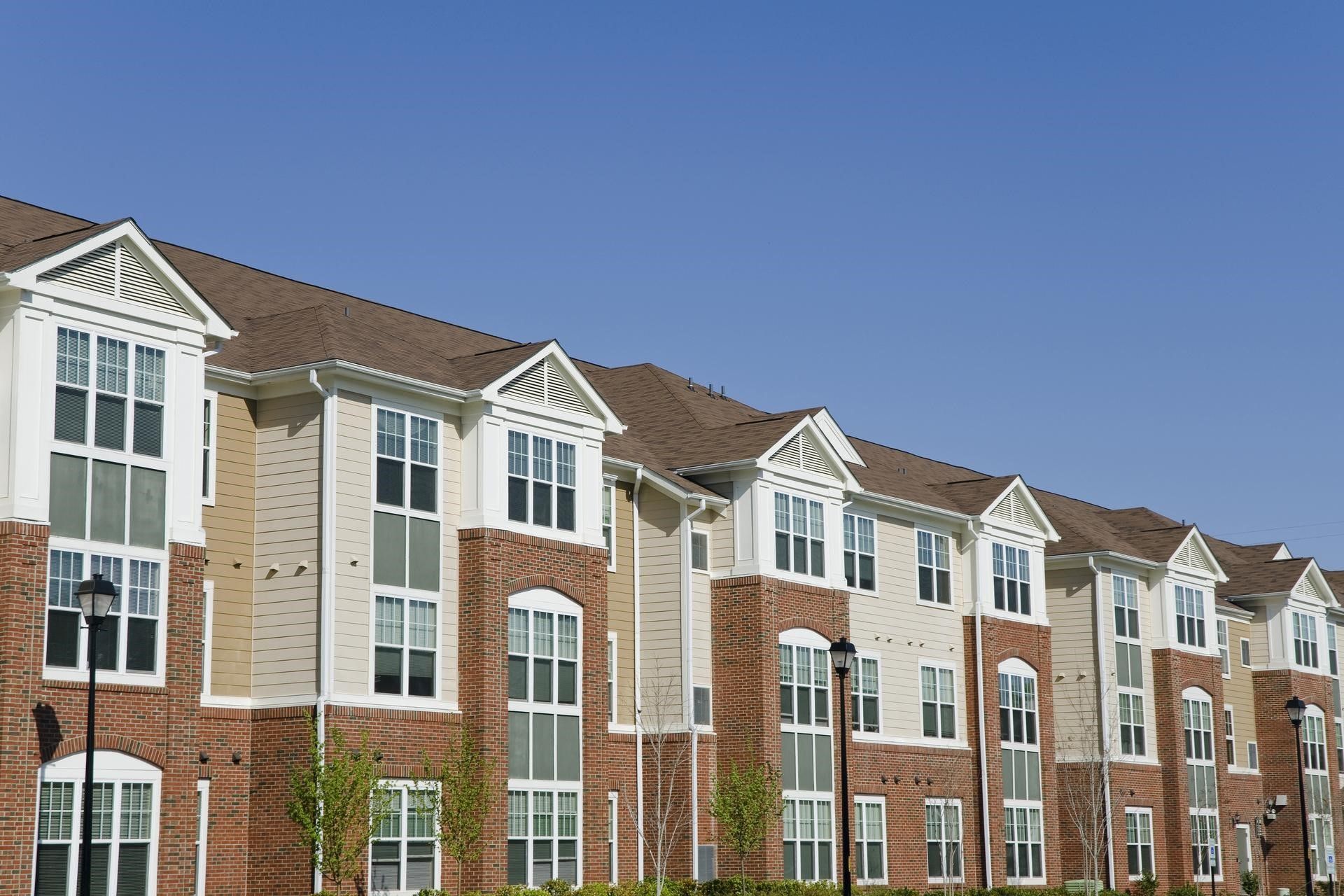3 Factors That Reduce Your Roof’s Life Expectancy
Every step of your roof’s life cycle is important, from its installation to its maintenance and repairs. At each step, a mistake could result in long-term repercussions, such as a shortened lifespan for your roof.
Here are several factors you may not have realized could reduce the life expectancy of your new roof.
1. Installing a Multi-Layer Roof
On first glance, you might think that extra layers of protection on your roof will make it last longer. But typically this isn’t the case. A second layer of roofing, instead of a tear-off and re-install, can actually shorten the life expectancy of the new roof. This unexpected result can have several reasons.
Any water trapped under the first layer of shingles (which probably isn’t totally watertight anymore, otherwise you wouldn’t need a new roof) will stay there, and the water damage won’t be repaired. This means that any water damage such as rot, mildew, and warping of the roof deck can continue to progress for quite a while, since water trapped under a roof won’t dry out easily.
Another reason the new roof layer can have a short life expectancy is because two layers of asphalt shingles trap heat better than one layer. Asphalt shingles already have to endure extreme levels of heat on a daily basis. If you expose them to more heat than they’re designed to handle, the shingles can wear out faster.
2. Attic Insulation and Ventilation Problems
As a homeowner, you probably think of attic insulation mostly in terms of energy efficiency. Like the other insulation in your home, such as wall and floor insulation, your attic insulation keeps heated and cooled air inside your dwelling.
However, inadequate or incorrectly installed attic insulation can also shorten your roof’s lifespan. For example, if insulation batts are stuffed into the soffit vents, the roof won’t be correctly ventilated. If it isn’t correctly ventilated, it can’t stay cool. This can cause heat damage. And vents blocked by insulation can also allow more moisture buildup, which leads to additional problems.
3. Inexperienced or Uninformed Cleaning
Keeping your roof clean is one of the fundamentals of roof maintenance, and routine maintenance is meant to help your roof last longer. However, many homeowners don’t know how to clean their roofs safely and gently. If you’re among them, your efforts could actually mean that your roof’s life expectancy takes a hit.
Two common mistakes homeowners make include vigorous brushing or spraying and any walking on the roof. Walking on the roof is extremely dangerous for your personal safety, but it can also damage shingles.
For example, walking on shingles can knock off protective granules. If that happens, the shingles no longer have the needed resistance to sunny weather that reflective granules give. But removing protective granules is not the only way you can damage the roof’s life expectancy by walking on your shingles.
If the shingles are brittle (such as during cold weather), walking on them could even fracture them. The reverse is also true: walking on shingles in warm or hot weather can damage the shingles because they’re softer and more malleable. Hard sprays of water, such as those produced by a power washer, could also be too vigorous for the surface of the shingles.
And spraying the shingles from the ground could result in water intrusion, since shingles shed water coming from the sky, not water coming from below.
These factors can all reduce your roof’s life expectancy, in some cases by directly causing damage and in others by simply increasing the speed or intensity of wear and tear. For more information on roof care and maintenance, get in touch with D.S. Bahr Construction, Inc. today. We offer a variety of roofing types for both residential and commercial buildings.
The post 3 Factors That Reduce Your Roof’s Life Expectancy appeared first on D.S. Bahr Constraction, Inc.

